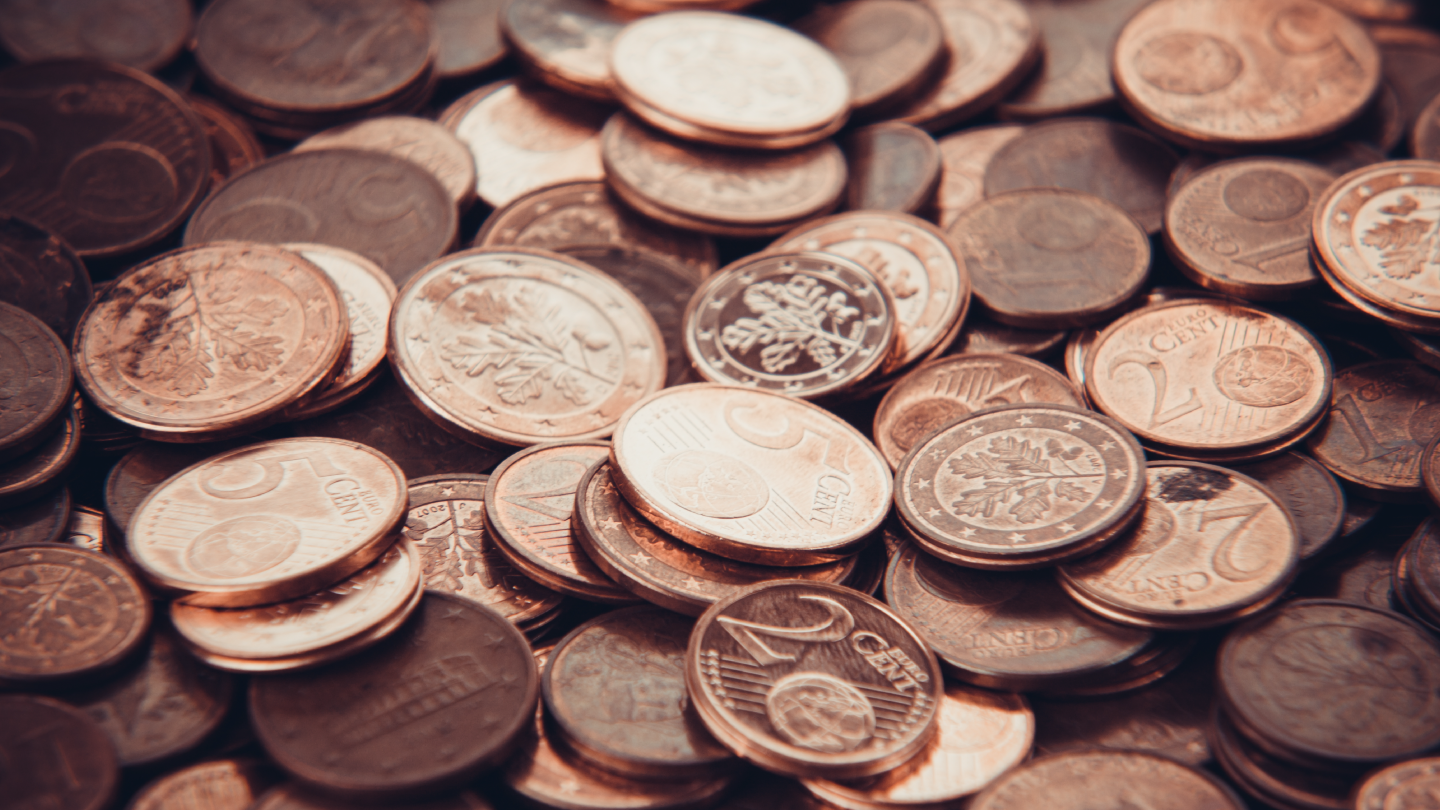Coins – Love Them or Hate Them?

We all use them, or sometimes we don't, storing lower value coins in jars or even jelly moulds. A recent UK Treasury report - Cash and Digital payments in the new economy March 2018 - reported that according to surveys, six in ten 1p and 2p coins are used in a transaction only once before they leave the cash cycle. They are either saved or, in 8 percent of cases, thrown away. In the past this has led to a demand for large numbers of replacement coins.
In the meantime, coins continue to play an important role with large numbers of people still using them to pay for relatively small value items and receiving them in change when making a cash payment.
According to Royal Mint figures there were over 18,000 million 1p and 2p coins in circulation in 2016. This is out of a total of over 30,000 million coins with a total value of £4,643,658 million. For businesses everywhere handling coins remains a necessary task that has implications for the bottom line.
Most of us take the existence of coins for granted but they've been used as a means of payment for centuries and are an important part of our history - they're a survivor, so let's not write them off completely yet. Did you know that:-
- For most of the last 2700 years coins have been by far the most important form of currency - Glyn Davies, A History of Money
- Many metallic objects (knives, spaces etc) have been used as money. According to some experts, the first Chinese round coins appeared in the 12th century BC
- Coins have been used in Britain since 100 BC. They were first made using an alloy of bronze and tin (potin)
- Julius Caesar was the first living ruler to have his head appear on coins
- The pound dates back to 700AD when it was the equivalent of a pound weight of silver or 240 silver pennies (there remained 240 pennies to the pound until decimalisation in1971)
- Pennies used to be cut to provide smaller change. Pennies cut into a quarter or fourth (fourthing) led to the use of the term 'farthing'
- The Royal Mint was established in the second half of the ninth century and celebrated eleven centuries of minting in 1986
- Sir Isaac Newton was Master of the Mint between 1699 and 1727 during which time he was responsible for the arrest of 28 counterfeiters
- The Royal Mint Museum has a sovereign punch used by counterfeiters (Buckley and Andrews) when they were arrested and later 'executed for forgery ' in 1827 (Counterfeit and Cautionary Tales - Royal Mint Museum blog 28 March 2018)
- In 2013 an American Flowing Lady dollar was sold for £6.7 million
- On British coins the Queen's head faces right. According to tradition (since Charles II) this changes each time there is a new monarch. The image of the next monarch will face left.
There is no doubt that coins in their varied forms have played an important role in the development of our economies. As other payment methods have evolved, coin has continued to provide an important exchange of value in modern society. While increasing numbers of lower value payments may be made using contactless technology, the huge volumes of cash in circulation indicate that accepting and dispensing coins at the point of sale will remain an issue for retailers moving forward.
Glory Coin Deposit, Dispense and Sorter/Counter solutions significantly reduce staff time spent, and increase the accuracy of, sorting and counting coins. Rather than spending time preparing coins staff can focus on higher value customer service operational tasks that increase sales and enhance long term growth.